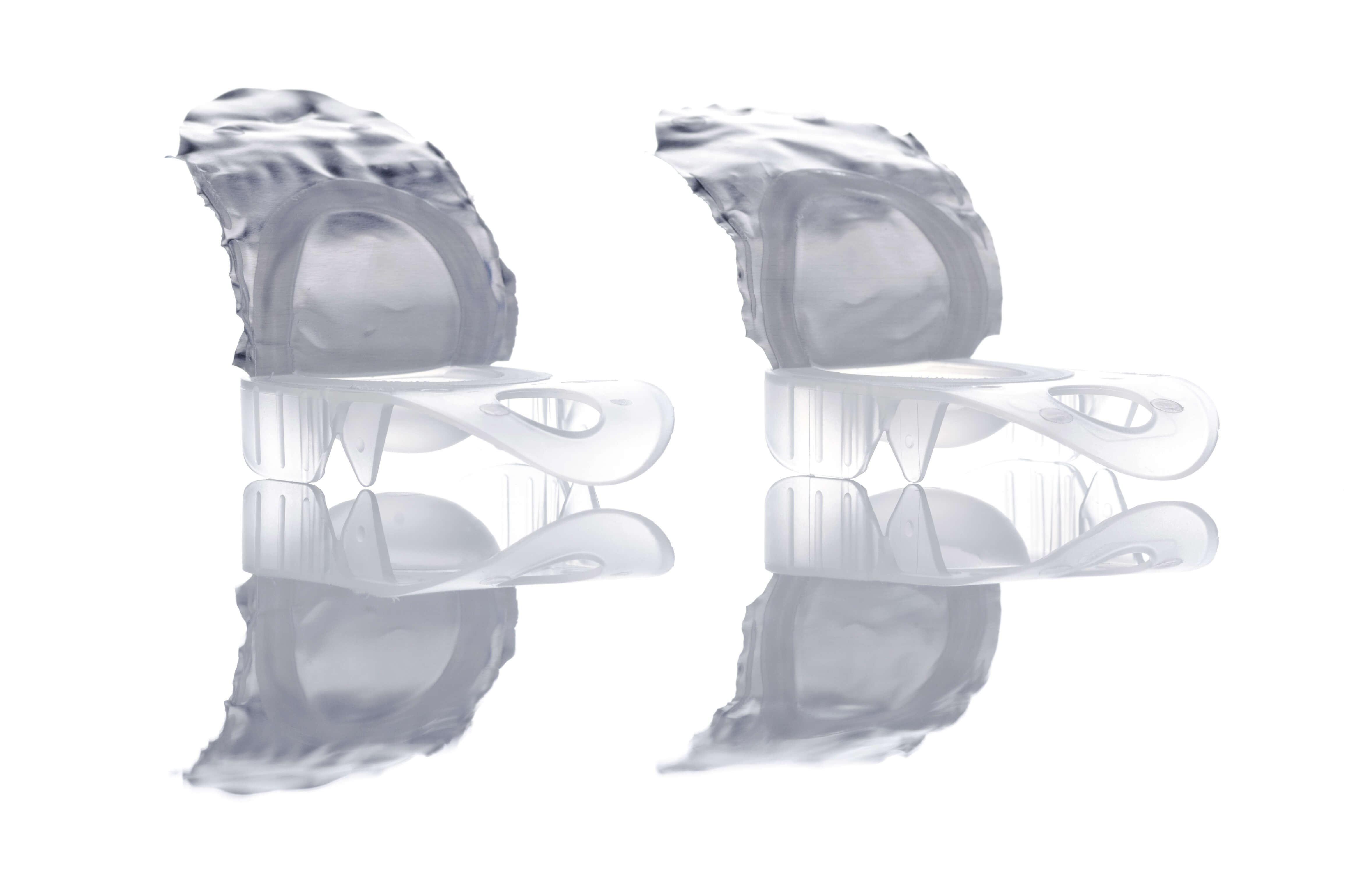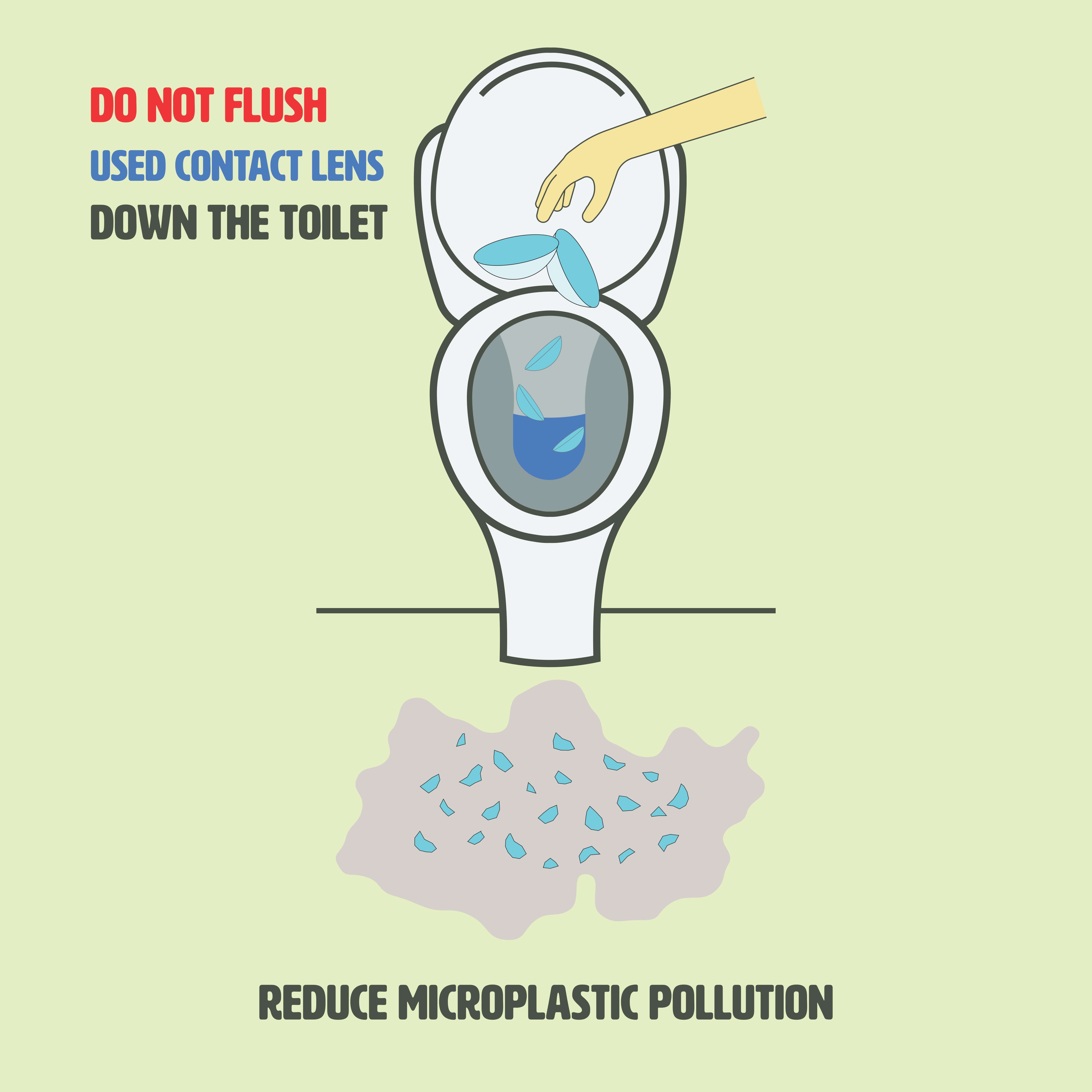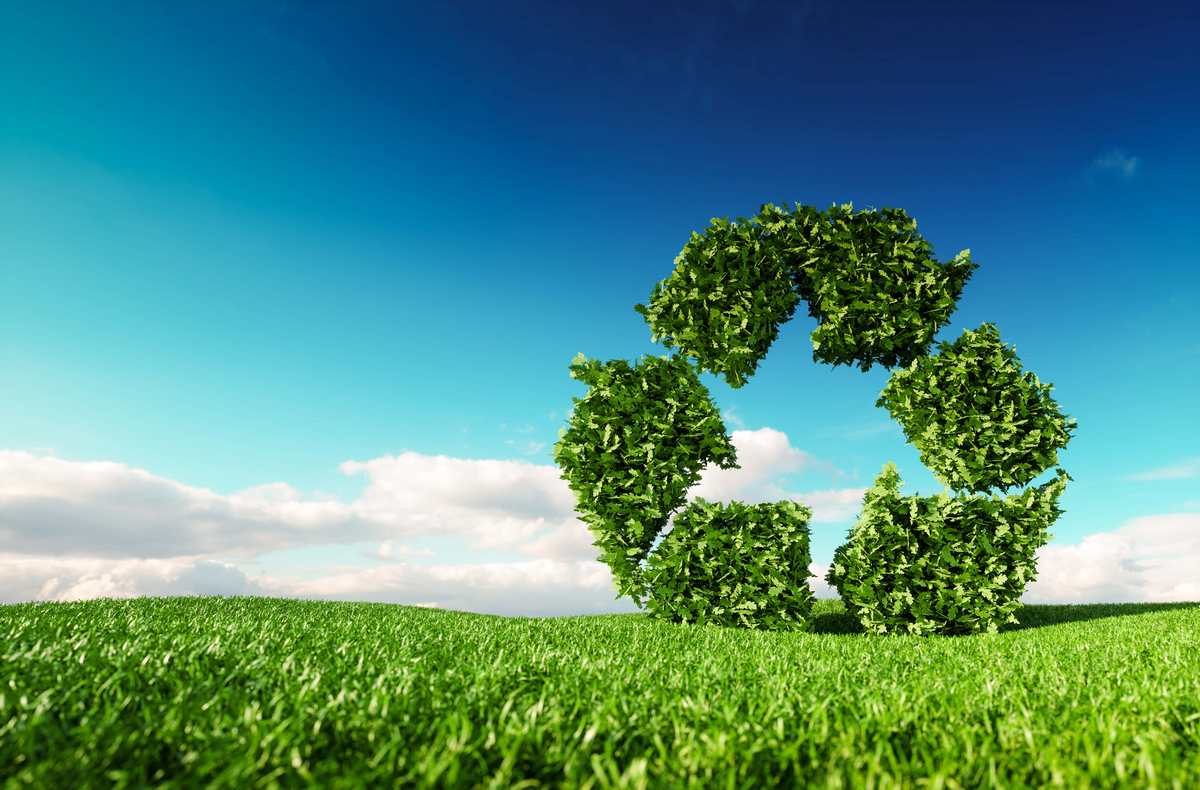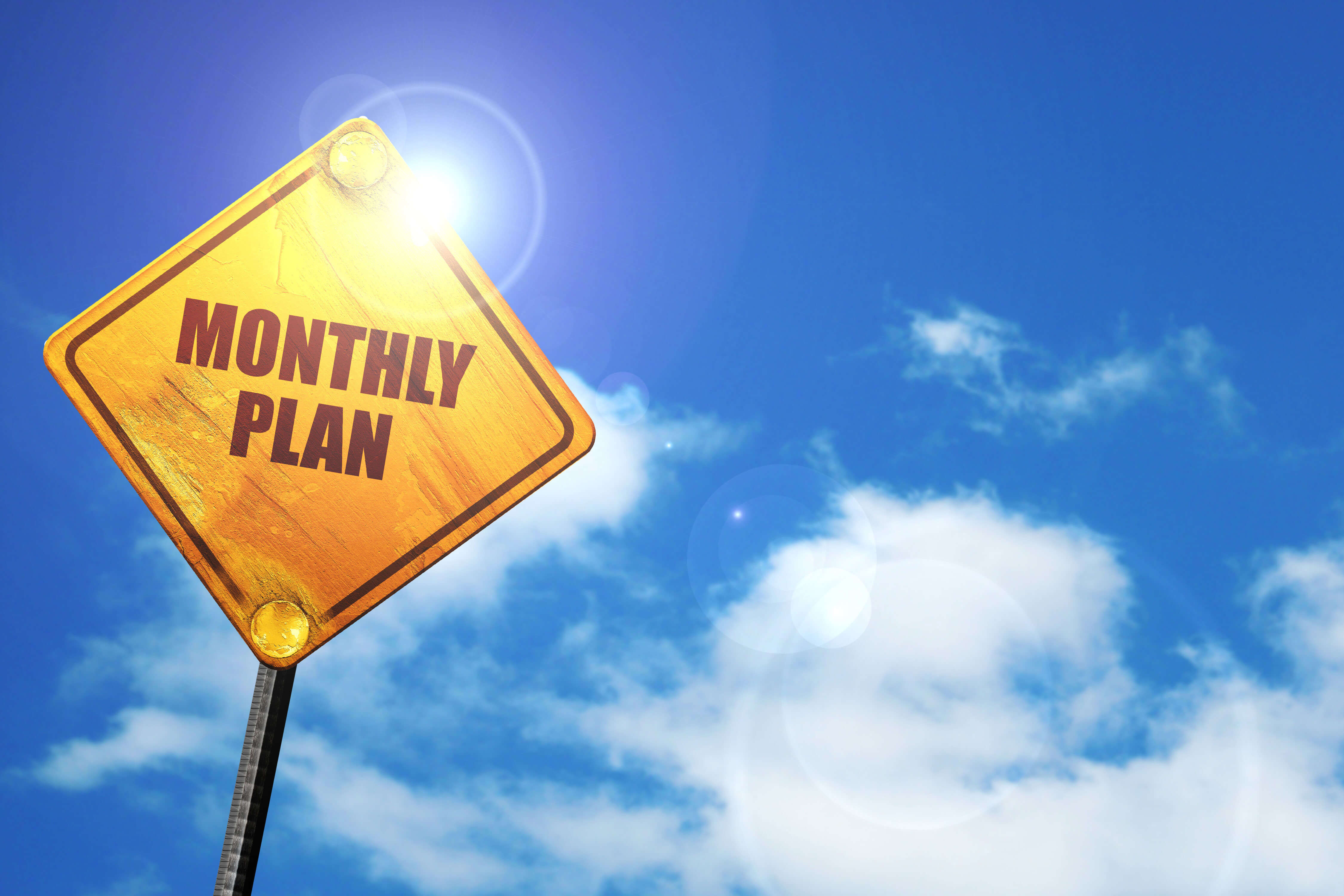Contact Lens Disposal: How to Do It the Proper Way

Do you know what to do with your contacts after you’ve finished using them? If you don’t practice the correct contact lens disposal methods, you’re not alone. Studies show that 15 to 20% of contact wearers flush used lenses down the drain or the toilet. These lenses produce 6 to 10 metric tons of waste, which ends up in water plants or in our natural water sources.
Contact lenses flushed down the toilet or thrown into the trash can end up causing problems for our environment. They break down into microplastics, which are then absorbed by the water supply. These microplastics affect wildlife and impair environmental health. When wildlife is affected, so are humans. Proper contact lens disposal should be everyone's concern. There are definitely ways to reduce lens waste to better the environment.
So how can we reduce or avoid this problem altogether? By properly disposing of contact lenses. Most people don't even know that there’s a proper way to get rid of their contacts. They’re given disposable and extended wear lenses, but rarely are they educated on how to properly dispose of them.
Proper Contact Lens Disposal 101
In order to ensure that our contact lenses don't harm the environment, we need to know how to properly dispose of them. Read on to learn all about proper contact lens disposal so that you can reduce your contact waste. That way, you’ll be more eco-friendly!
1. No Flushing

Avoid flushing your contact lenses down the toilet or the drain. Doing so gives the contact lenses a direct line to the water supply. When they get in there, the contacts break down and join waste sludge. This sludge could eventually find its way on to farmlands.
They also can end up in major water sources, such as oceans or lakes. When any form of plastic ends up in the water, sea and wildlife are affected. In the case of contact lenses, fish can mistake them for food. When they attempt to eat the broken-down contacts, it can negatively impact their health and even cause death.
We all want to maintain a healthy environment for ourselves, future generations and wildlife. By not flushing your contacts, you can reduce the environmental impact that contact lenses have.
2. Recycle Contact Lenses

Unfortunately, contact lenses are too small for recycling in a traditional fashion. However, there are companies that recycle contact lenses for you. Contact users can either take used lenses and packaging to an approved doctor's office or they can ship their used contact lenses to a company with a recycling program. The company will then recycle everything received in a proper manner.
If you decide to recycle your lenses, fill a small cardboard box and take it to an approved eye doctor's office. Or you can print a free shipping label and send in your full box of old contact lenses. It couldn’t be any easier!
3. Donate Your Contacts
Many people purchase a year's worth of contact lenses but don't use all of them by their next eye exam. These unused lenses either get thrown into the trash or sit around the house. Instead of adding to the clutter in your home or the environment, donate your unused contact lenses to a greater cause. Many people cannot afford contacts or even an eye exam. These people could truly benefit from the contact lenses you don’t use.
Consider donating your unused lenses to a homeless shelter, community shelter or even Goodwill. Most Goodwill locations do accept unopened contact lenses, but make sure to call ahead before dropping off your donation. It may seem like a long shot for someone to have the same prescription as you, but it’s definitely possible for your unused contacts to end up in the hands of someone who truly needs them.
You can also donate your contact lenses to non-profit organizations, such as DonateContacts. This organization focuses on reducing contact waste and helping underprivileged children to obtain medical vision devices, such as contacts.
Ask your doctor or optician for recommendations on donating your lenses. It's possible that they’ll accept your donation for their own organizations. If not, they can provide you with the names of some groups that can make use of your contacts.
4. Prevention

Contacts come in a variety of wear time options, such as extended wear and daily wear. By opting for extended wear contacts, you can reduce the number of contacts you use. When selecting a contact lens, ask your eye doctor about a "planned replacement" or monthly use option. Both of these options offer the longest wear times and only need disposal once per month or even every 3 months.
Gas permeable (GP) contact lenses also reduce contact waste. GP lenses can be used for a longer period of time. This type of contact can last a year or longer without needing replacements.
However, don't wear contacts longer than the recommended durations. Overwearing contact lenses could pose major health risks to you. Wearing contacts that are expired is bad too, even if they aren’t opened. It can lead to eye infections and even blindness.
Feeling Confident About Contact Lens Disposal?
Contact lenses are undoubtedly a groundbreaking invention that betters our lives. As with many inventions, however, negative results can occur. By knowing more about contact lens disposal, you can personally help to improve our environment and even help those in need. The next time you have to say "goodbye" to your used contact lenses, consider disposing of them in an eco-friendly way.
Finding the right contact lenses to meet your needs is just a click away. Together, we can see more clearly and improve our environment.
